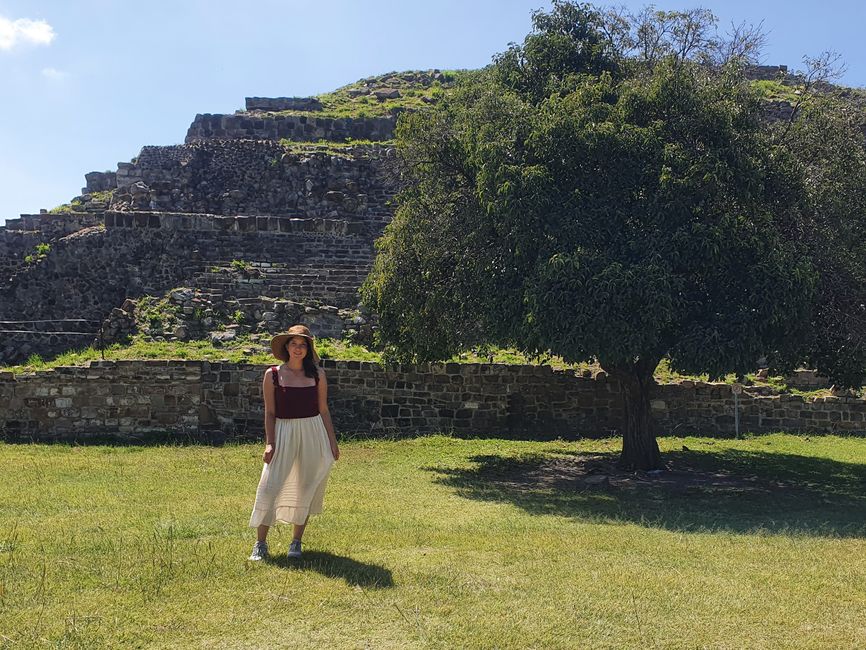Reports from my first vacation
La daabacay: 22.11.2022

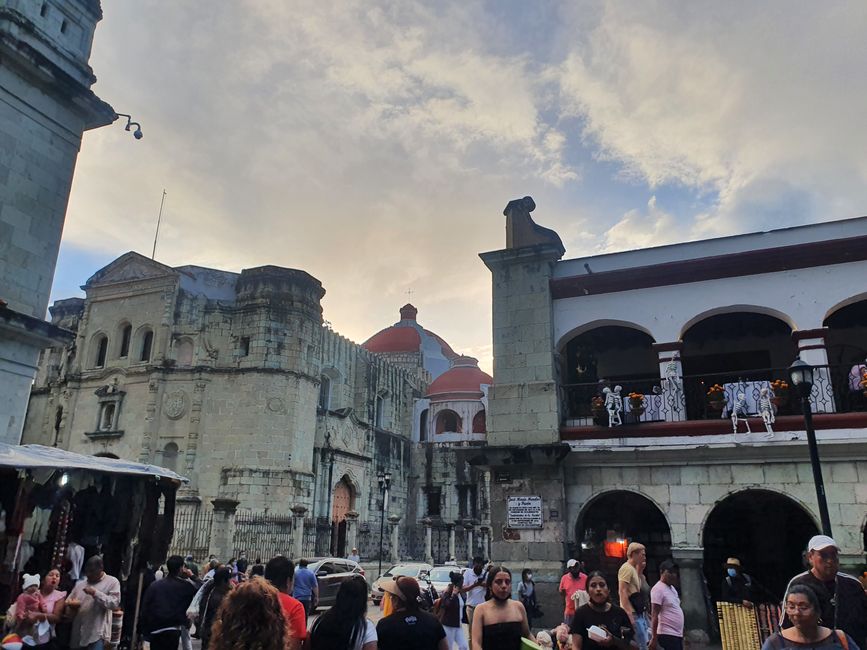
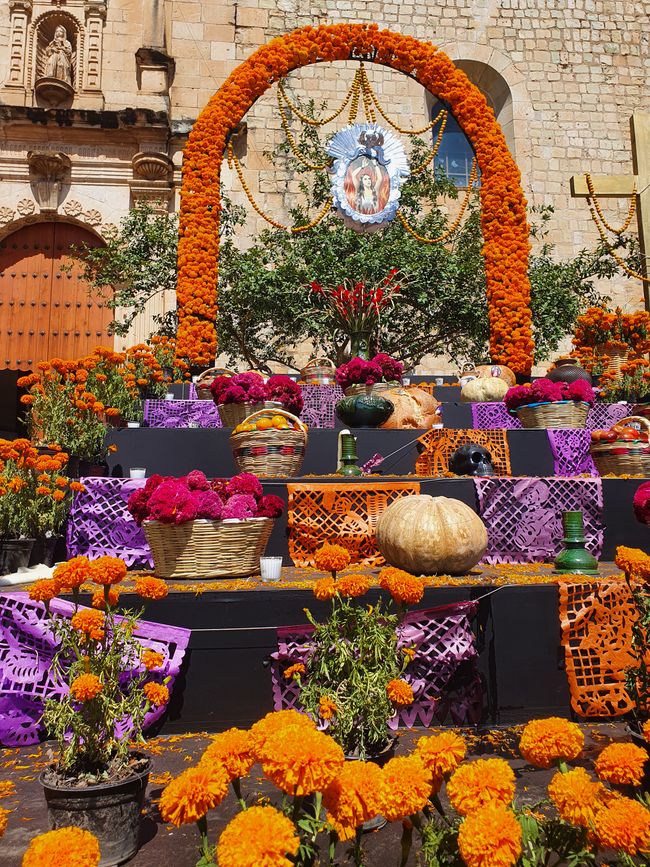
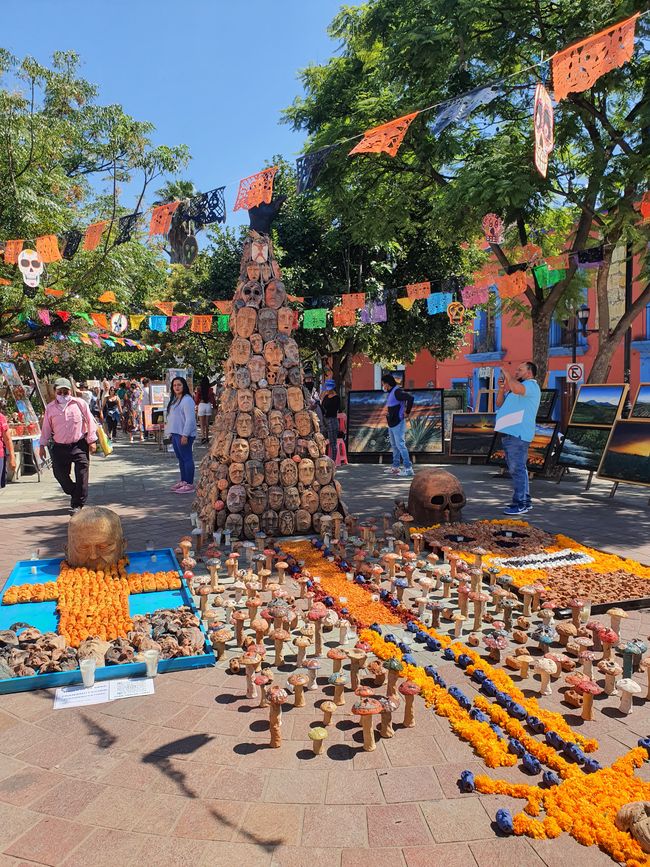
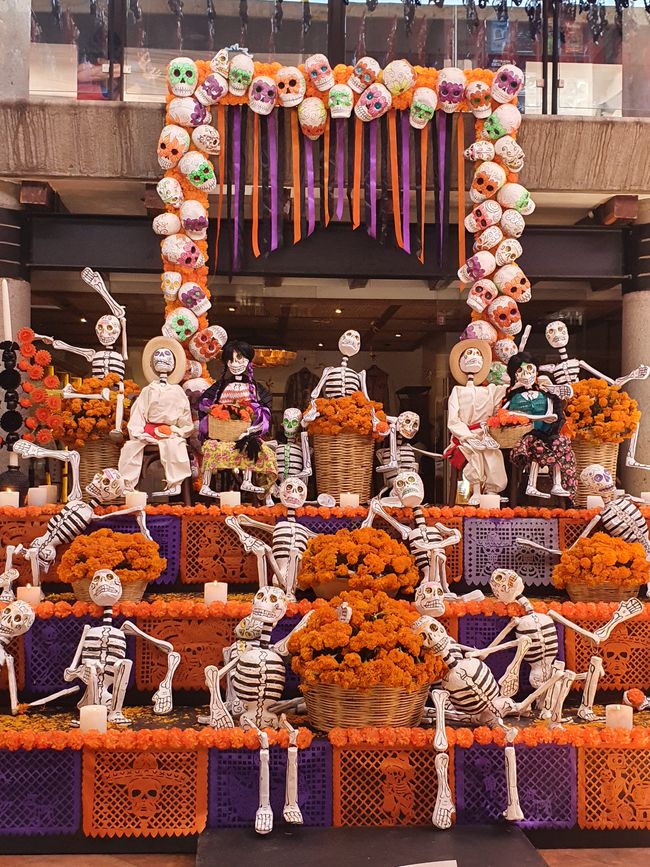
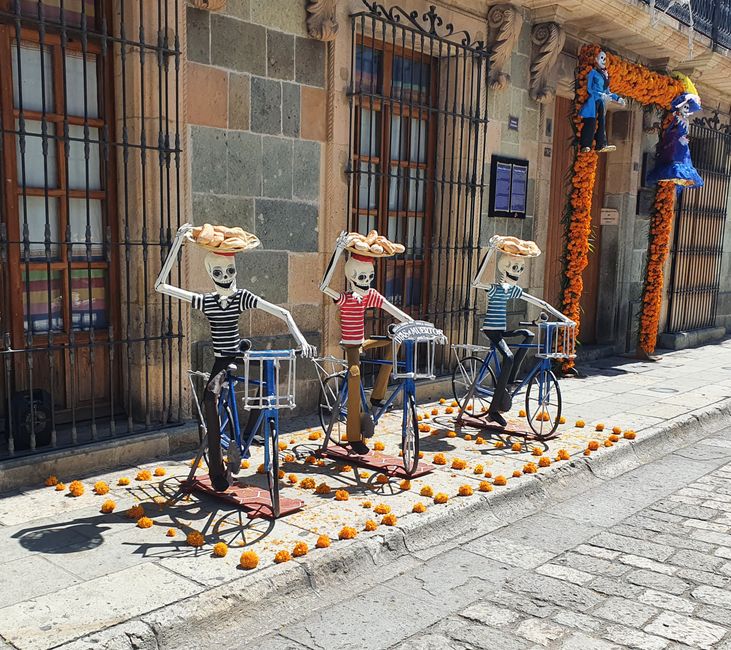
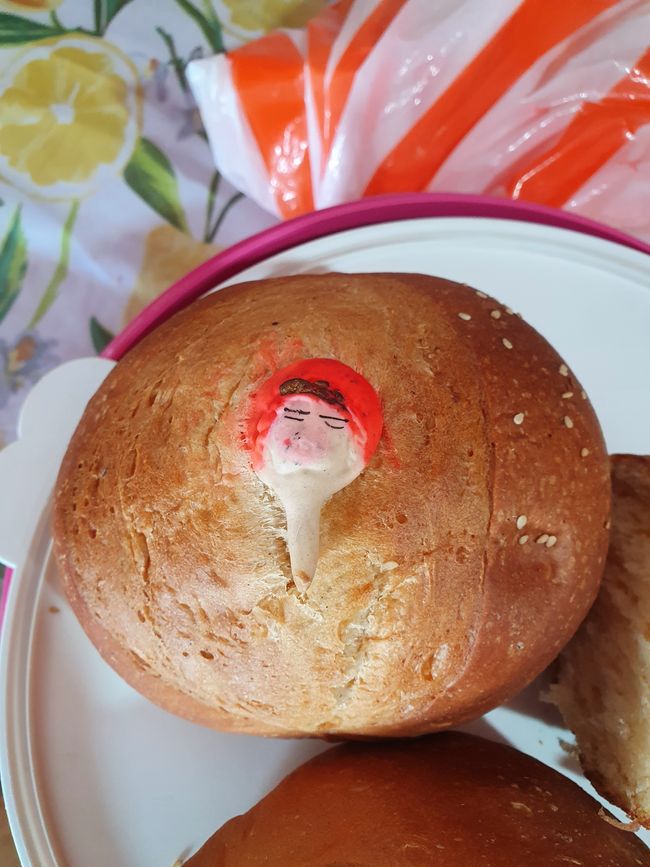
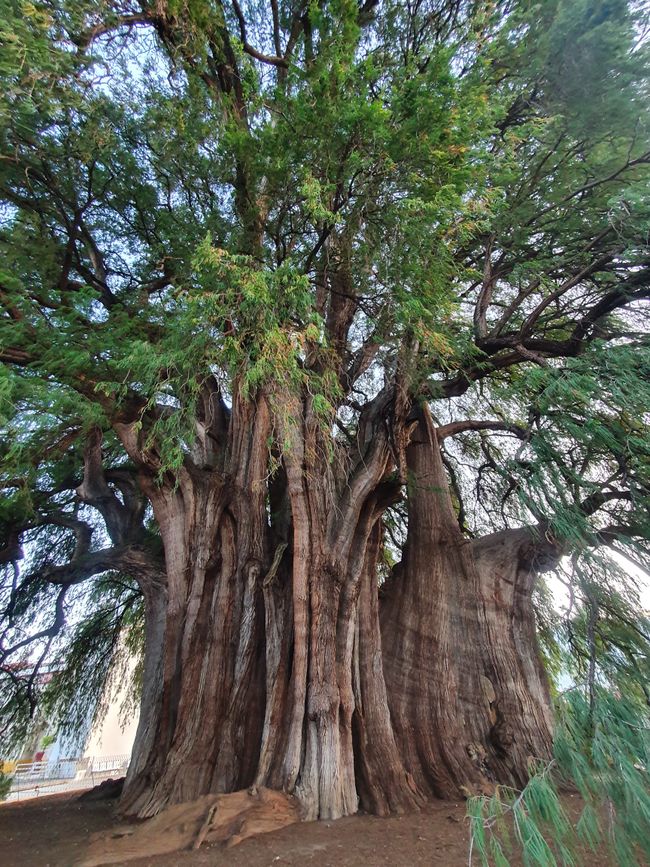
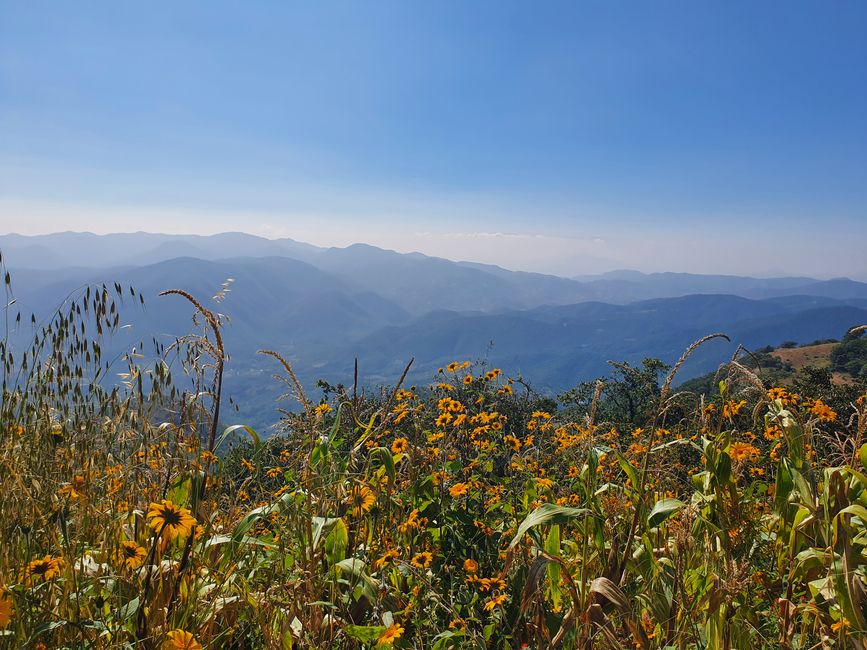
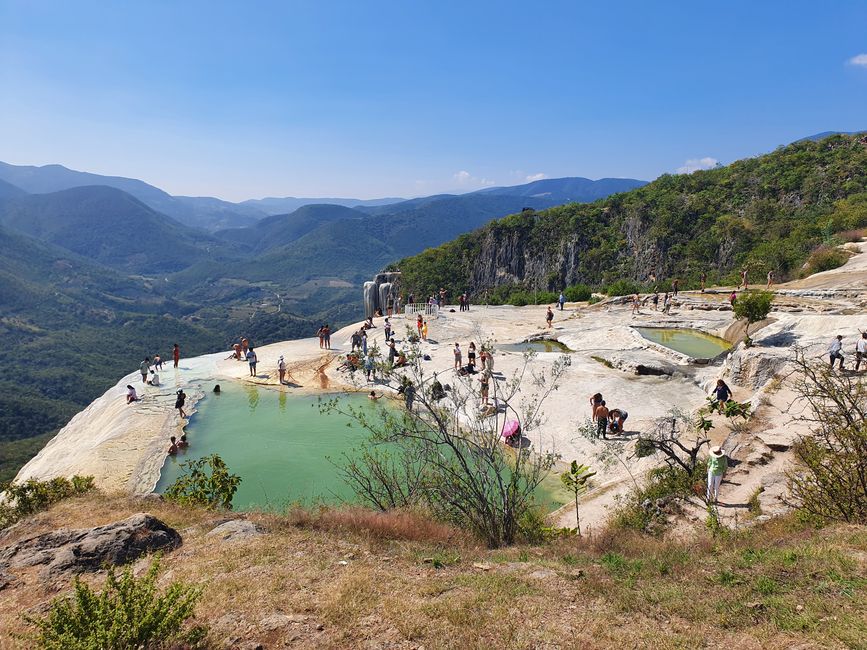
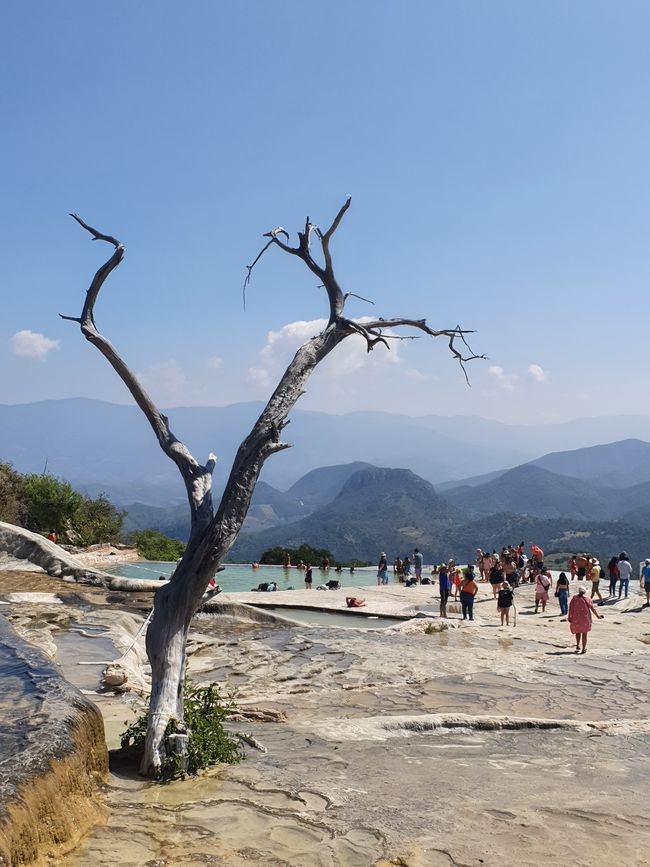
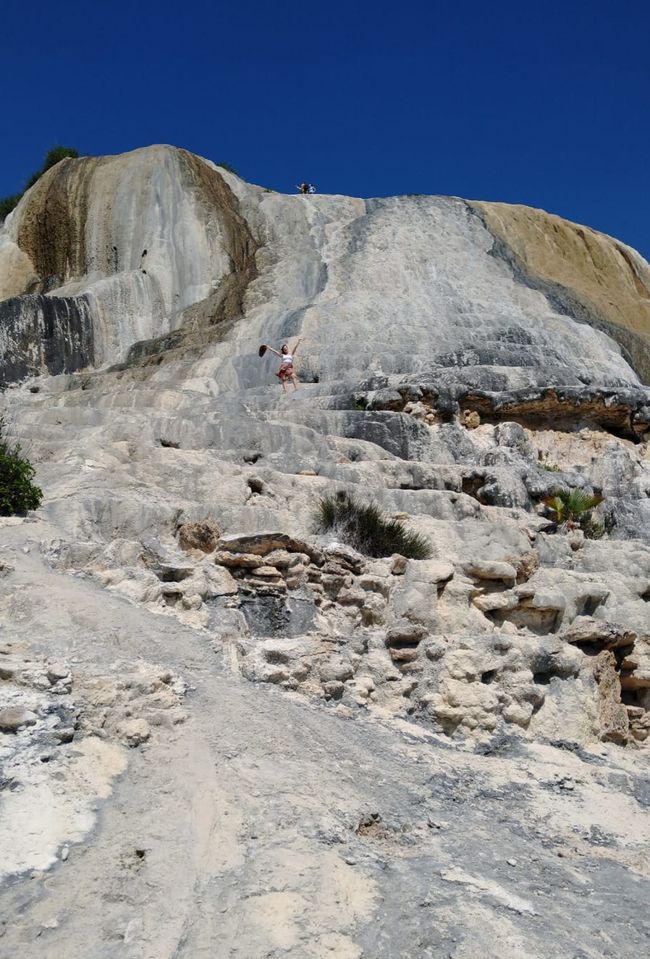
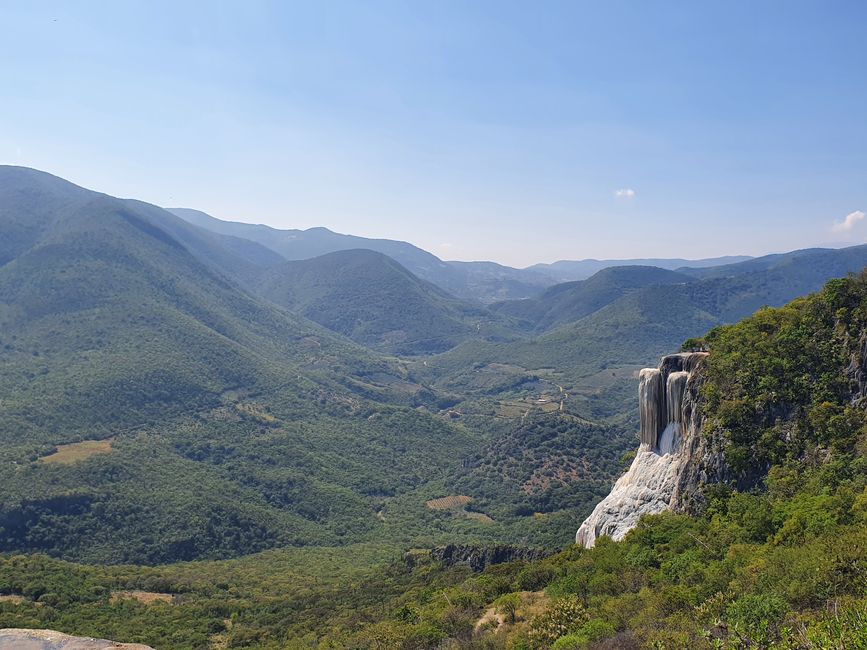
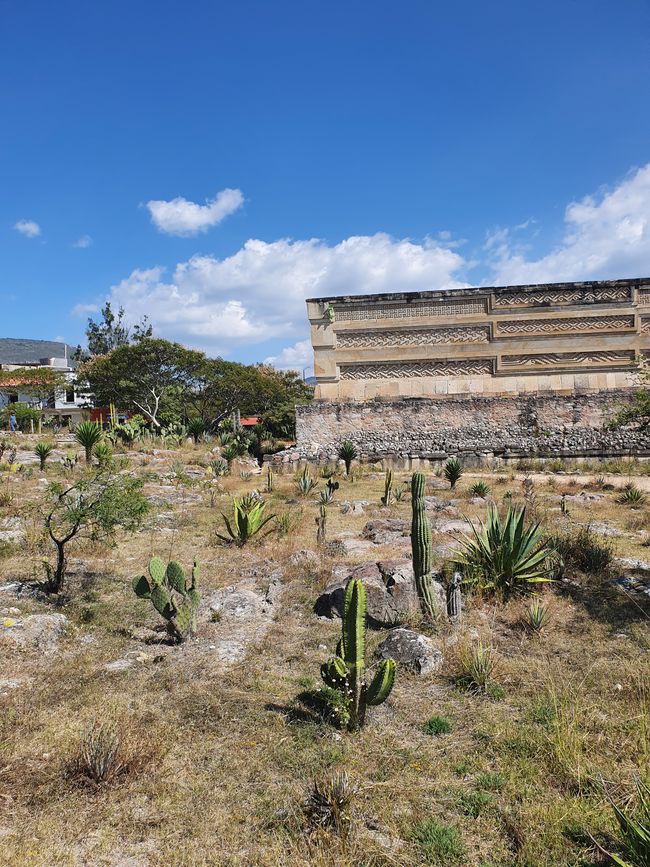
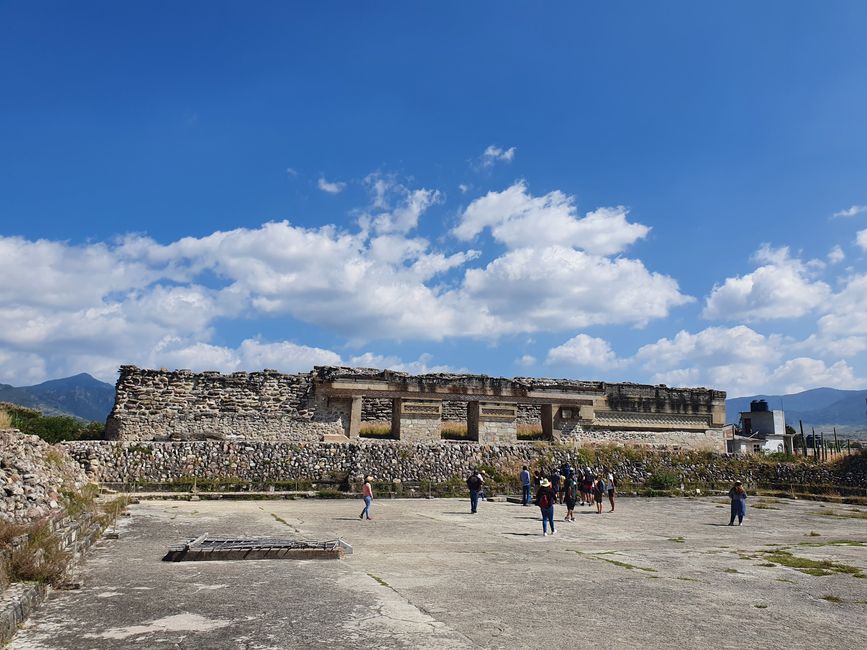
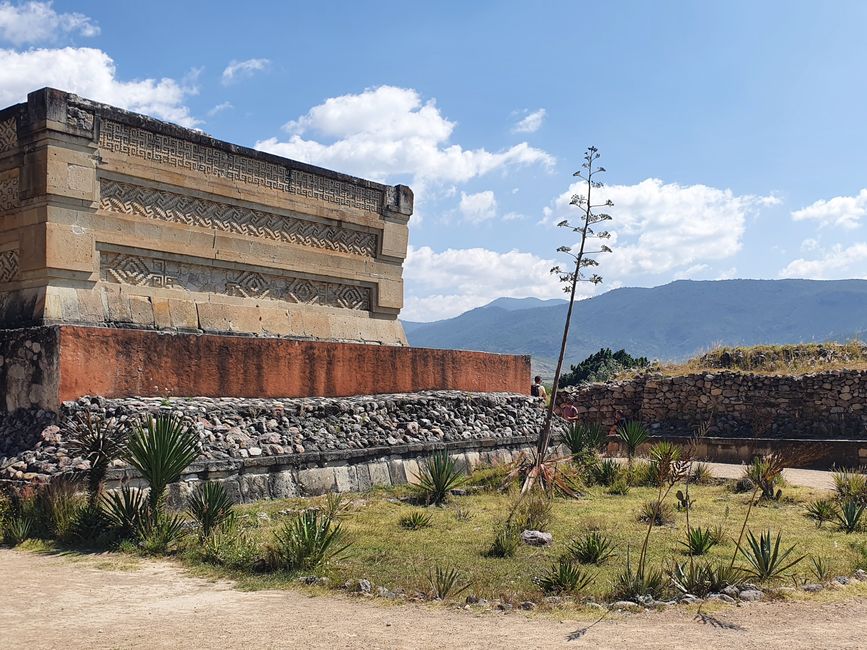
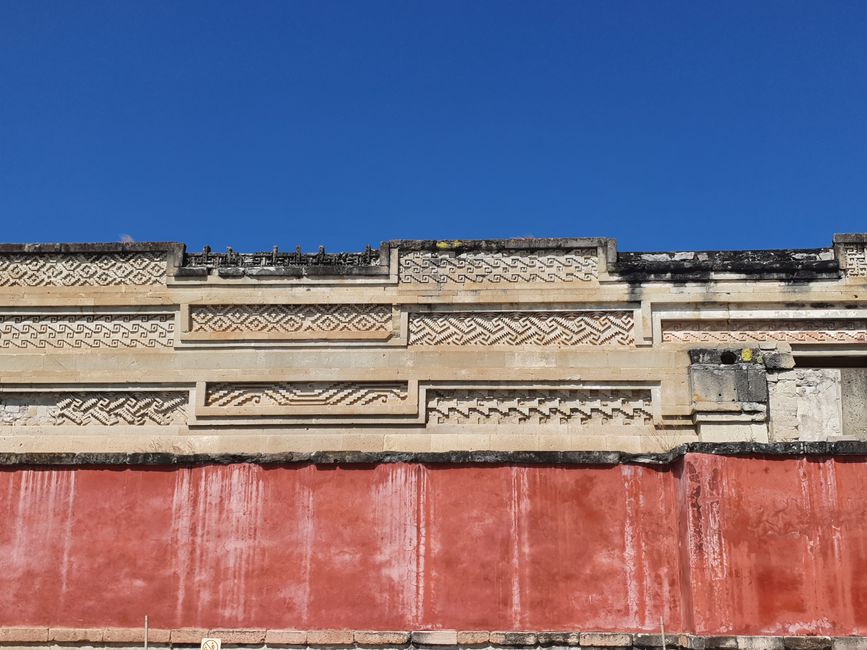
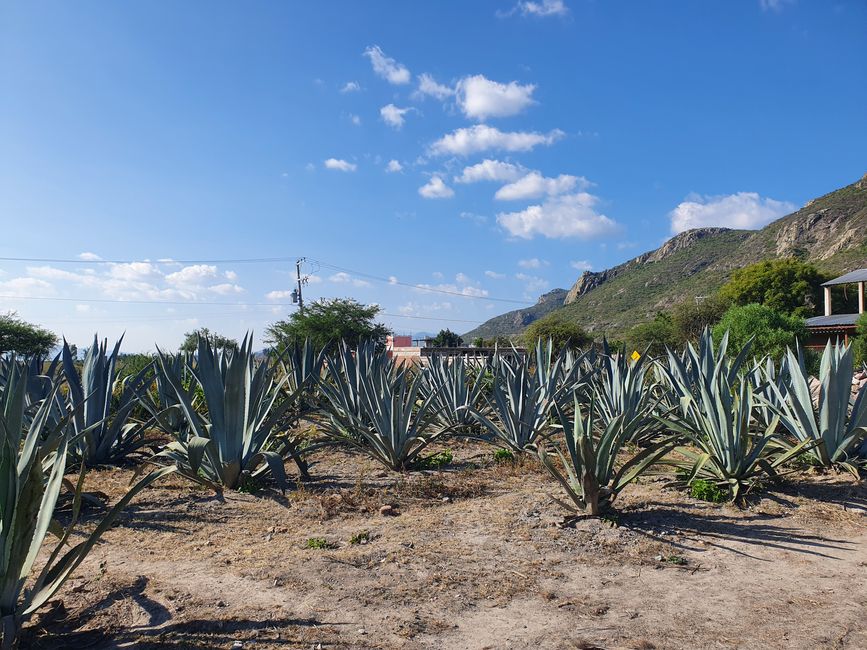
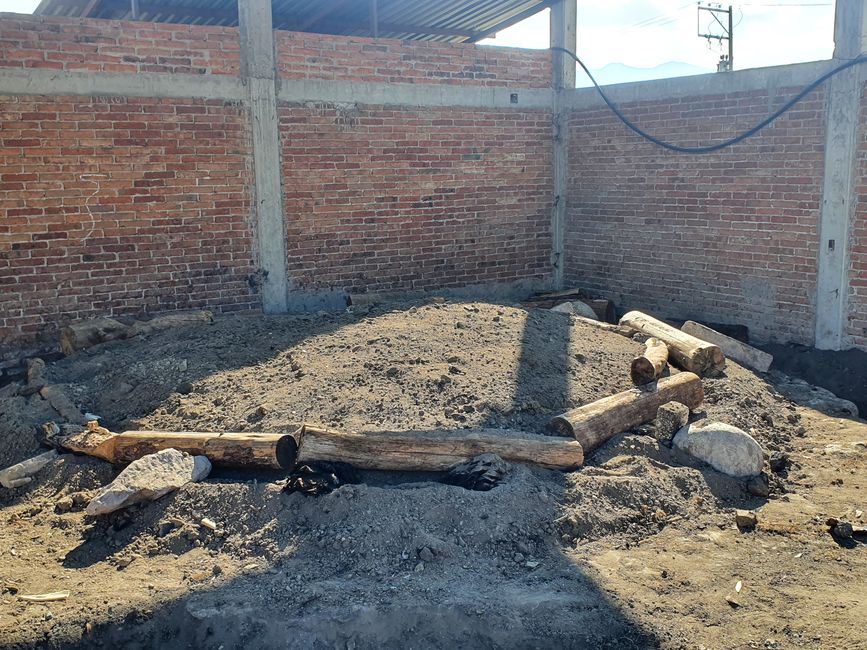
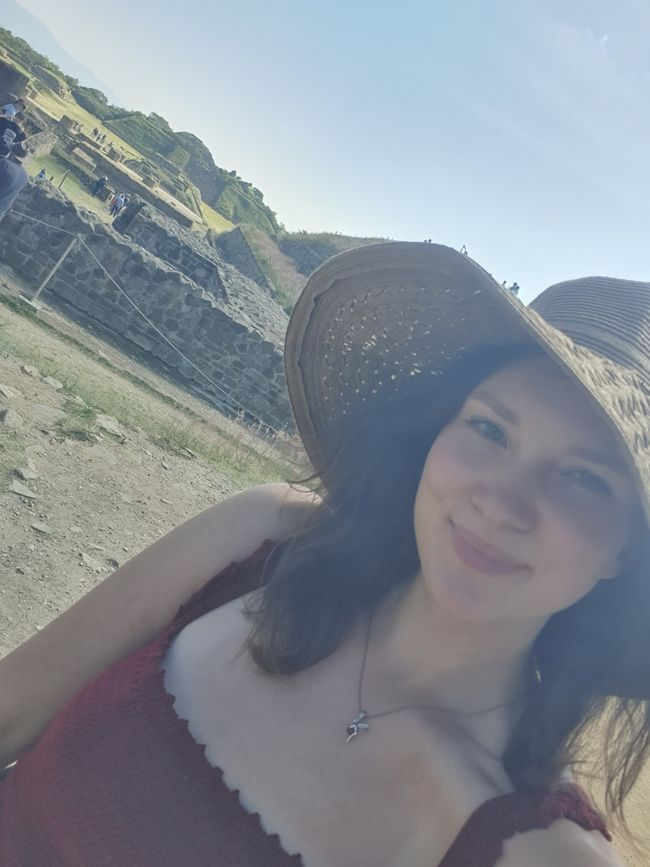
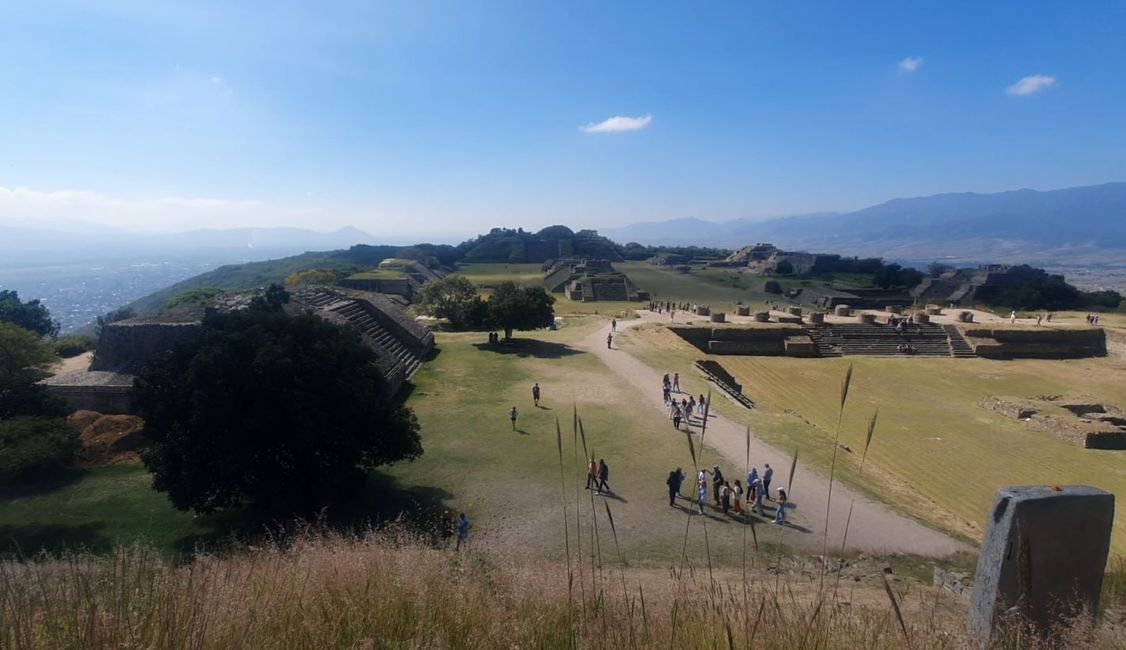
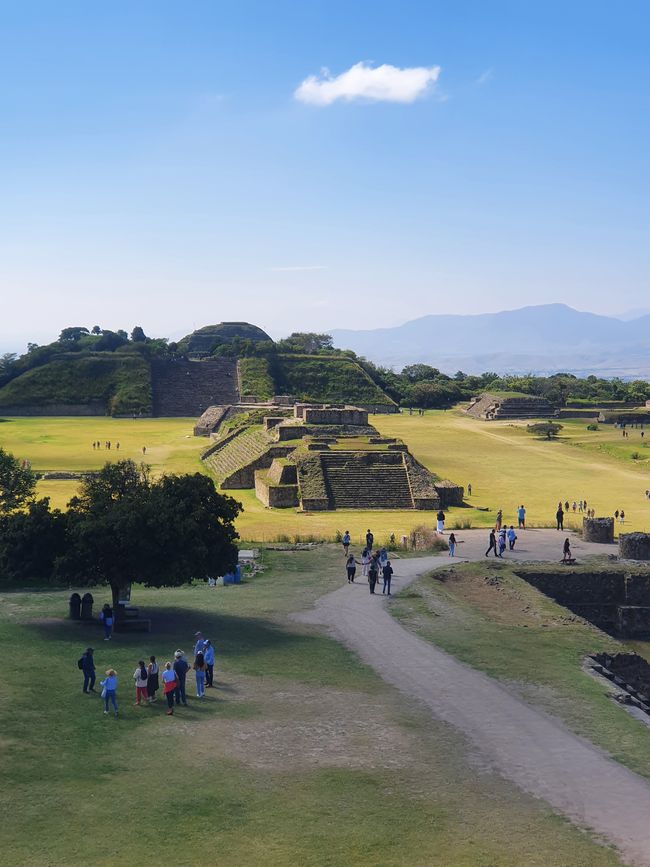
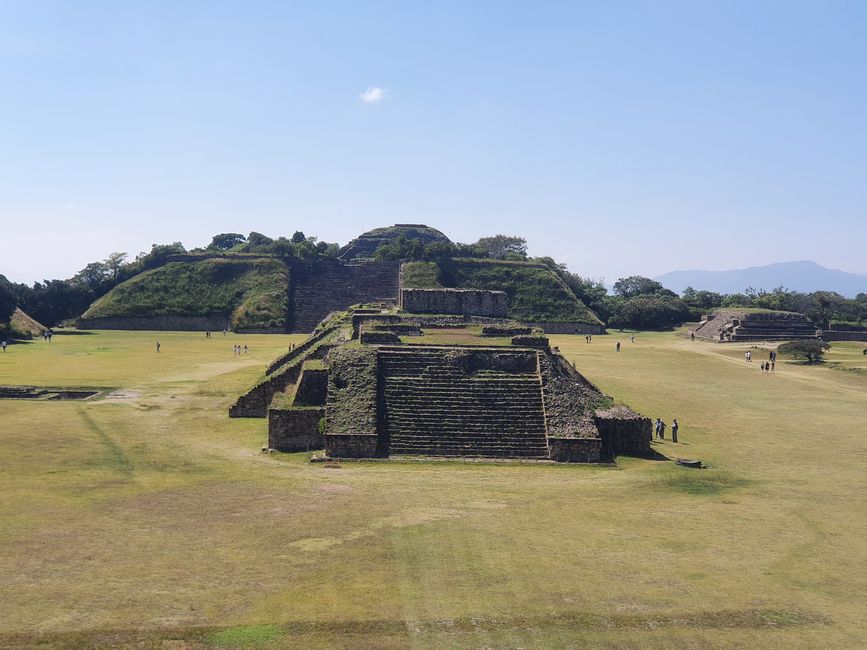
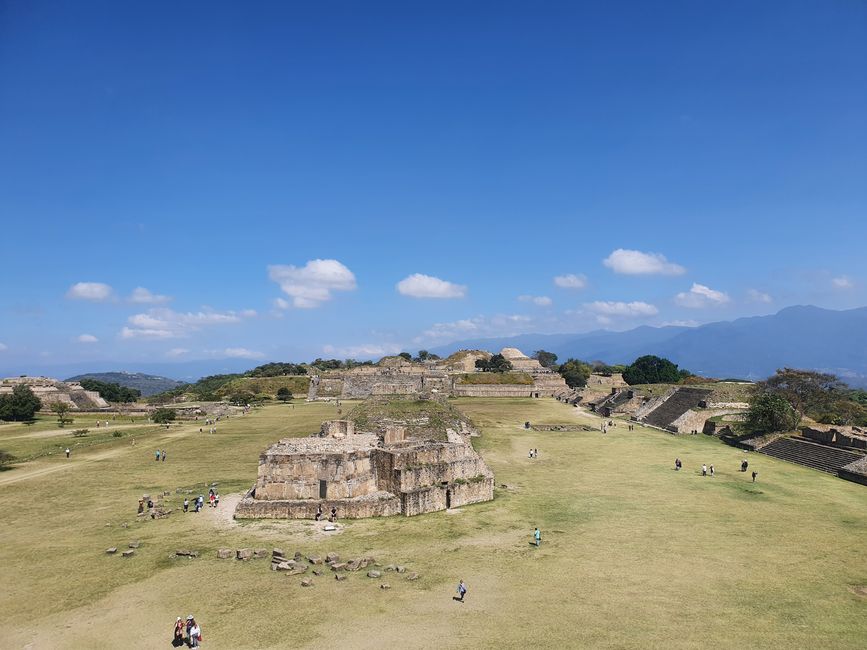
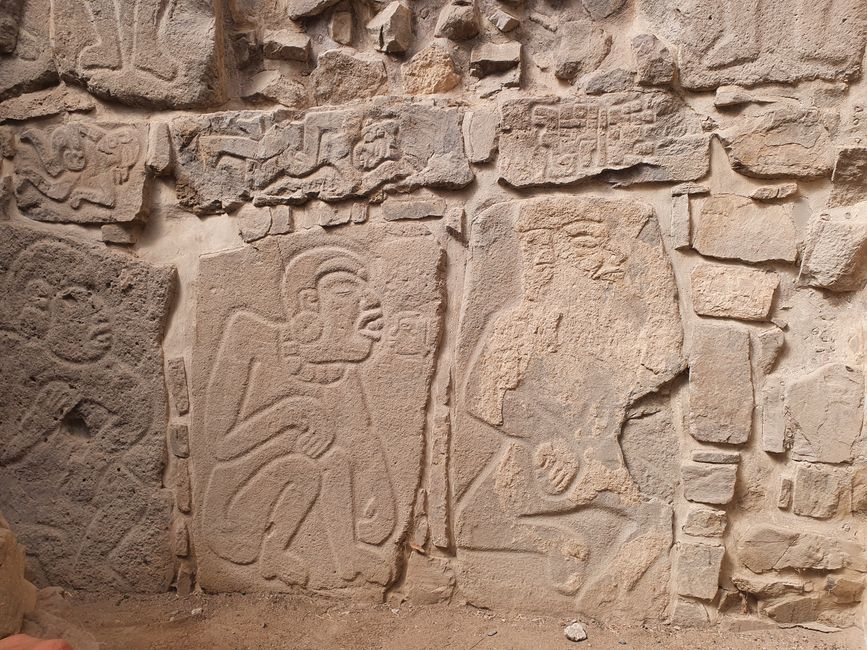
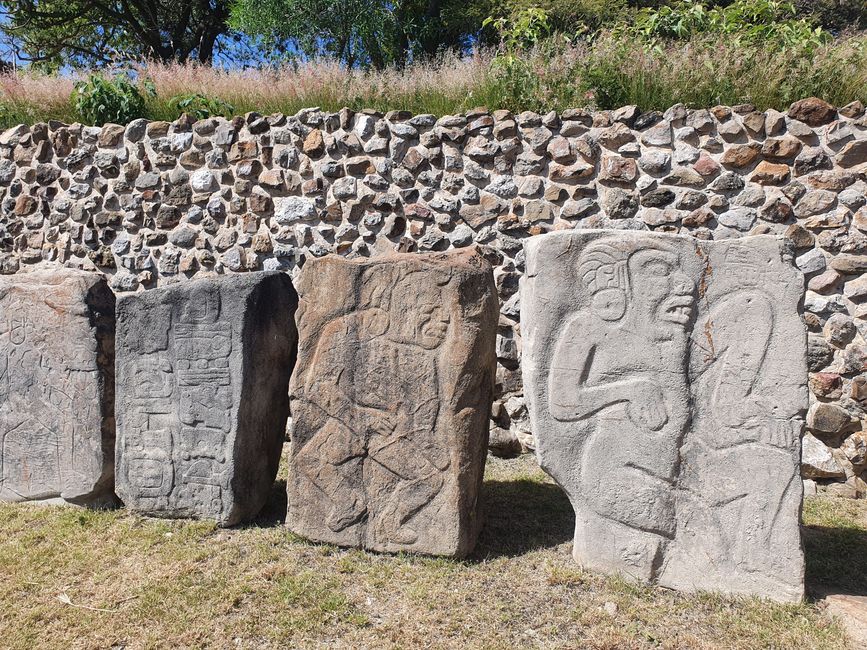
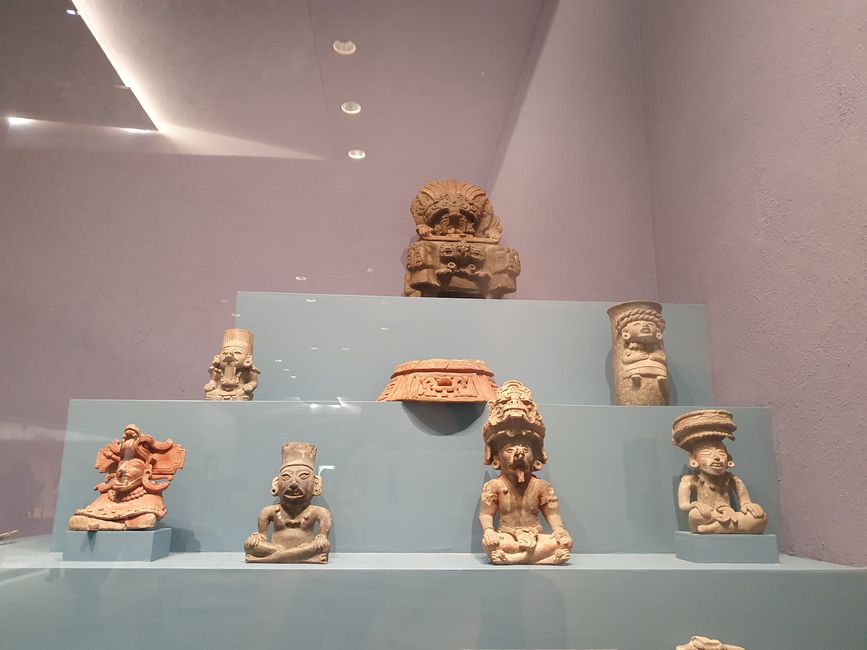
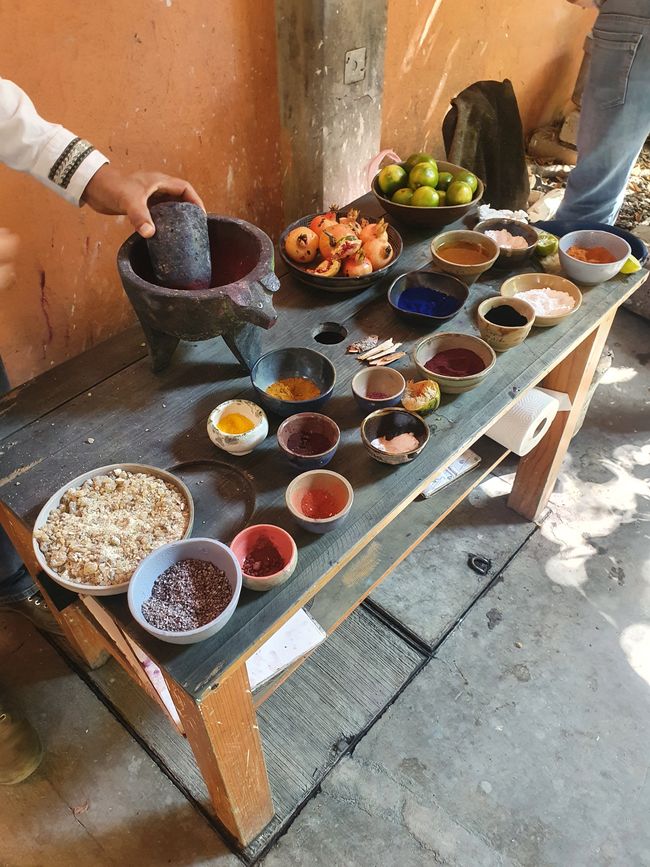
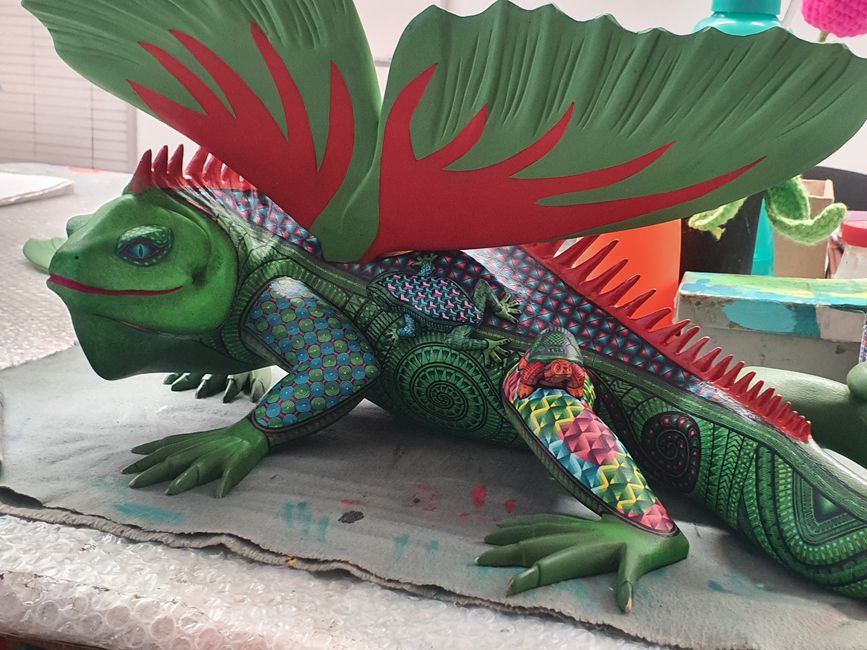
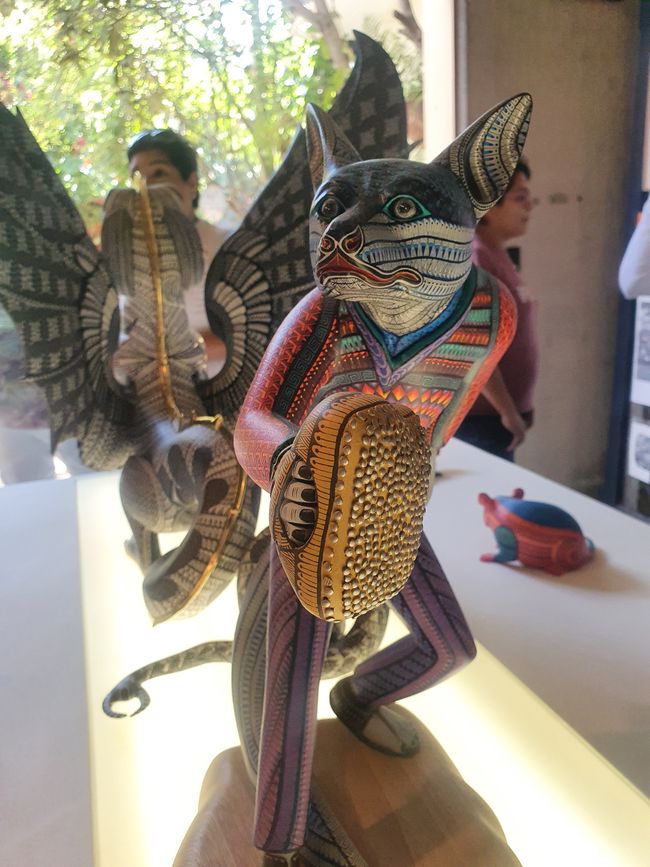
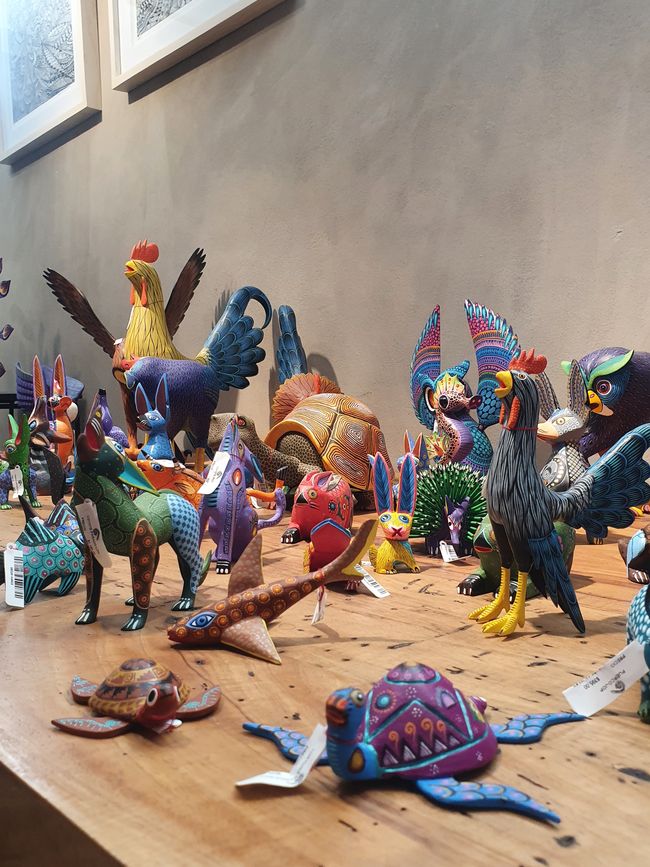
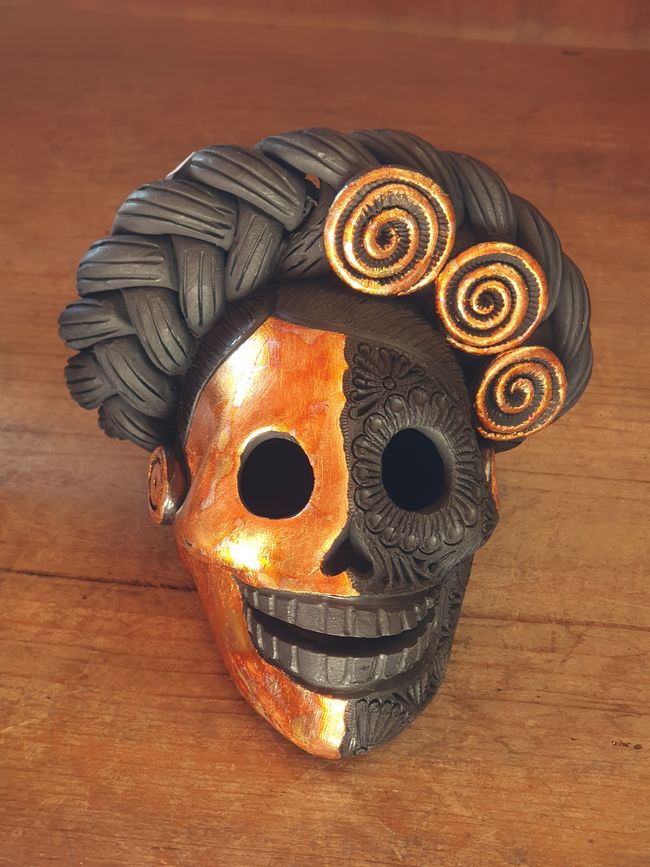
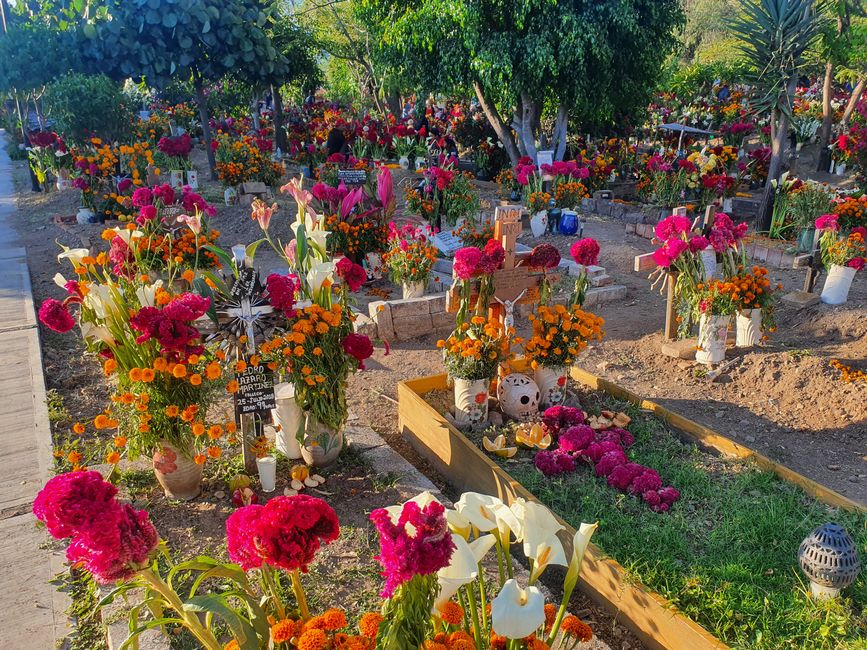
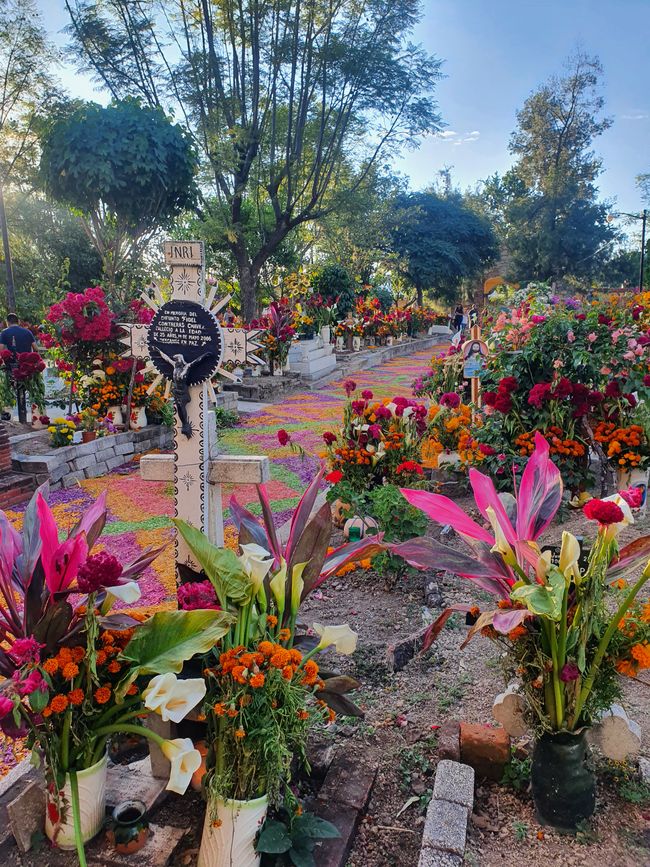
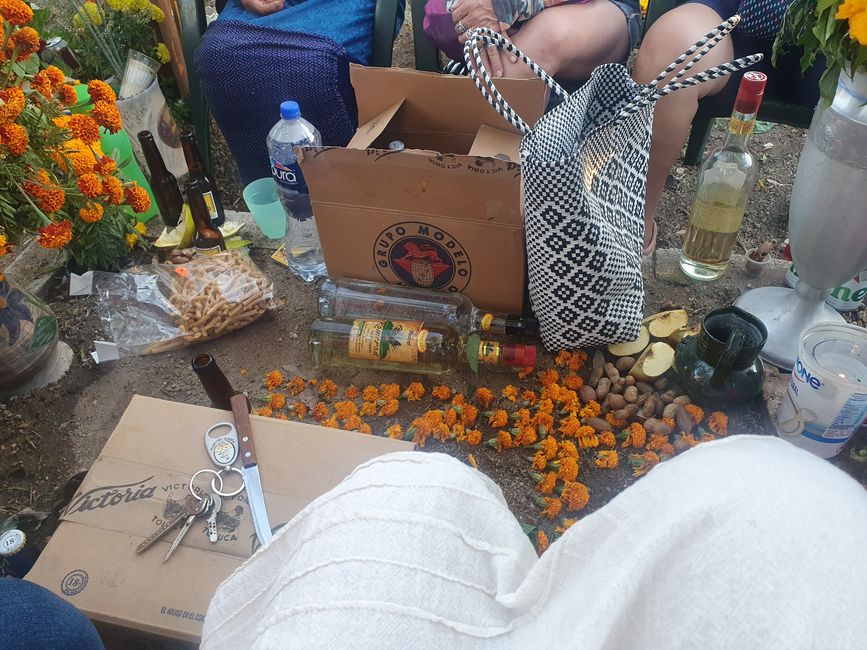
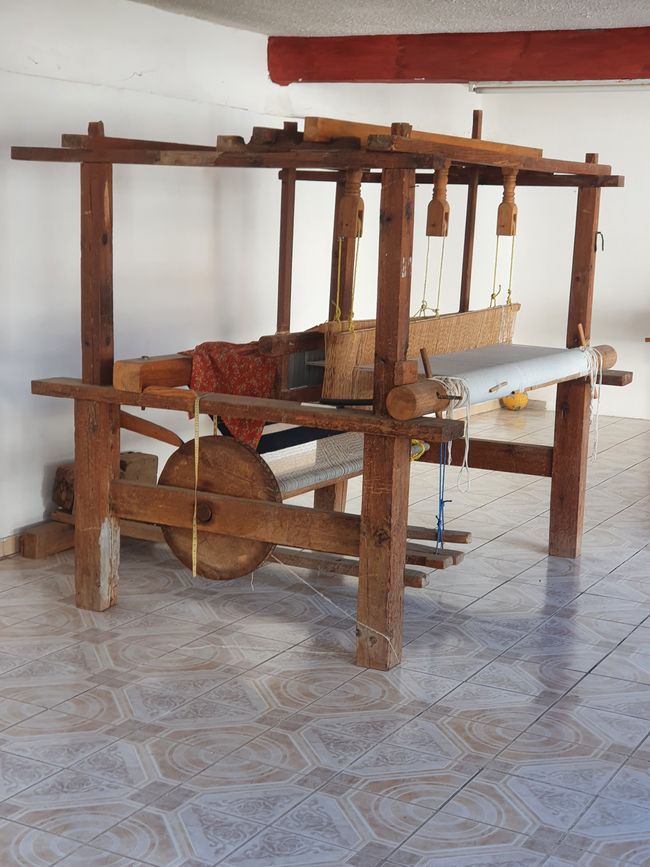
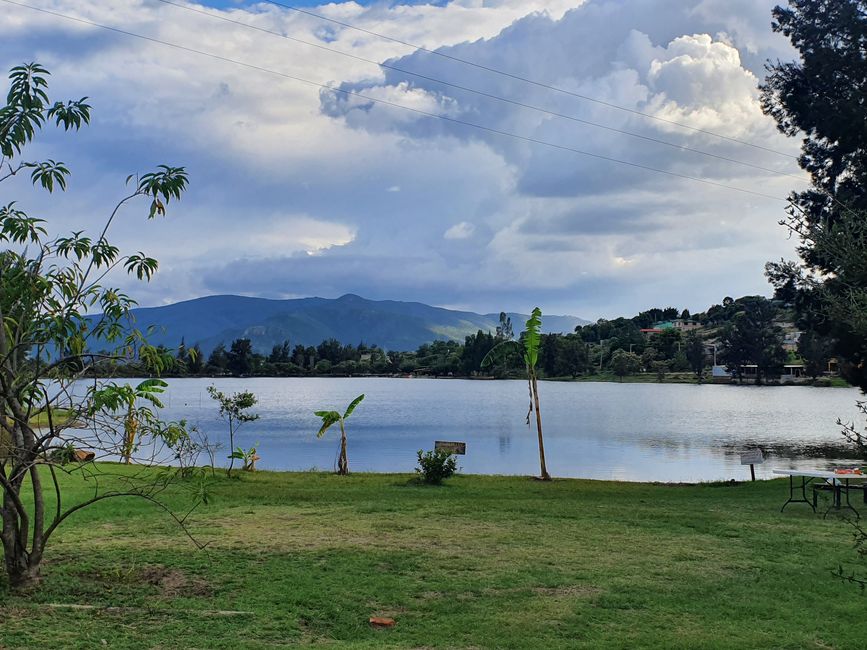
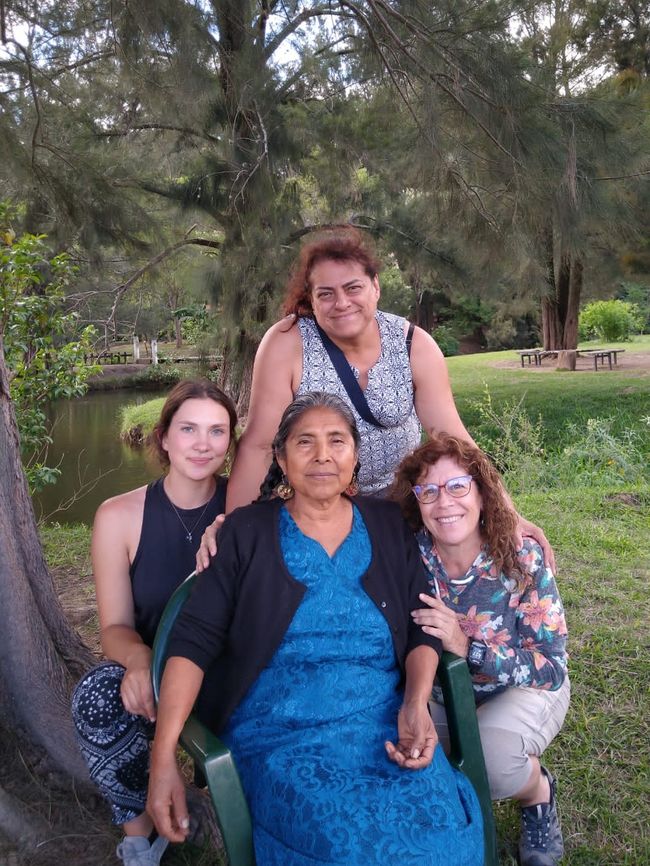
Ku biir Wargeysyada
From October 31st to November 4th, I spent my first vacation here in Mexico for five days. Together with Carmen and her friend Arcelia, we went to the state of Oaxaca, which is located south of Puebla. We spent five wonderful days, with many impressive impressions of this diverse country, its history, traditions, and people.
On October 31st, we started driving in the morning around 7:30 am. First, we picked up Carmen's friend Arcelia in Puebla and then headed to Oaxaca. Our first destination was Oaxaca de Juárez, the capital of the state. After a journey of about five hours with lots of music, singing, and a constantly changing landscape (the color of the mountain sand changed from brown to red to green and white during the drive, and we passed 'forests' of various cactus species), we arrived in the city. We set out to explore the city, walked through the colorful streets, visited markets, churches, a textile museum, and relaxed with a cup of coffee. Oaxaca is a very beautiful, artistic, and international city, with a historic center and picturesque buildings. The entire city was decorated with colors during these days because in Mexico, on November 1st and 2nd, the 'Día de Muertos (Day of the Dead)' is celebrated. At every corner, there were 'Catrinas', flower decorations, or altars. 'La Catrina' is an elegantly dressed skeleton lady and has become a symbol of Día de Muertos.

Día de Muertos is a celebration in Mexico that honors the deceased with many colors, positivity, and joy. The day is based on the belief that at the beginning of November, the souls of the deceased return to Earth to visit their families. As the souls are said to be a little dim and have poor eyesight, it is believed that by showing them the color orange, they can find their way. Orange is said to be the only color that the deceased can see. To create a guide for the souls, the orange flower 'Cempasúchil' is used, which can be seen everywhere in the cities and houses a few days before. The indicated path leads the deceased to an altar prepared for them, which families set up in their homes. The altar is called 'Ofrenda'. The Ofrendas are decorated with flowers, candles, photos of the deceased and saints, and 'offerings' for the deceased. These offerings can include their favorite food or drinks, as they have traveled a long way to Earth, a special sweet bread called 'Pan de Muertos (Bread of the Dead)', which is sold specifically for Día de Muertos, and tequila or cigars. In many regions of Mexico, families visit the cemetery on November 2nd to visit the deceased. The families decorate the graves with flowers, candles, and drinks and food, and the entire cemetery is illuminated with colorful lights on this day. The evening is spent together at the cemetery, talking to the deceased, eating and drinking together, and remembering the time spent together. After November 2nd, the visit of the deceased ends. To ensure that all the souls return to the afterlife and do not stay on Earth, people dress up as skeletons to encourage the deceased to return to where they came from.
In general, death is approached very differently here than in Europe. Día de Muertos is a celebration of 'Alegría', joy, to honor and celebrate the deceased, instead of mourning their death. In my opinion, it is a very beautiful tradition.
On the first day, we explored the city center of Oaxaca. Before driving to the village where we would stay in the evening, we made a detour to the town of Santa María del Tule, to see the widest tree in the world: the swamp cypress 'Árbol del Tule'. The tree trunk has a circumference of almost 42 meters and the tree is nearly 2,000 years old! When I stood in front of it, I wondered what might have happened around the tree in these 2,000 years (and what will happen in the future).

After a short photo session at the tree, we actually drove to the village where we would stay for the next four days. A friend of Carmen, Chrispi, lives in the village of 'Teotitlán del Valle', near the city of Oaxaca, and she kindly hosted us for the four days of our vacation. Chrispi is already 62 years old, she speaks Spanish and Zapotec, an indigenous language of Mexico, and she makes carpets and bags, which she sells together with her family at various markets. During the four days we stayed with her, she took good care of us and invited us to meet her family. Every morning she prepared hot chocolate with 'Pan de Muertos' (Oaxaca is known for its good chocolate), and she also cooked for us for the other meals. However, I mostly stuck to tortillas as there were many meat dishes here.

After our arrival at Chrispi's house, we had a little chat with Chrispi and her son Augustín, who also lives in the house, and then we went to bed to recover from the first impressive day.
On our second day, we drove to 'Hierve el Agua' in the morning, along a road that led us high up in the mountains in a spiral, with a fantastic view. It was a warm, sunny day, with temperatures reaching around 28 degrees later on. At 'Hierve el Agua', we saw impressive rock formations in the form of petrified waterfalls and natural pools, as well as a panoramic and beautiful view of the valley.

After visiting Hierve el Agua, we went to San Pablo Villa de Mitla. Mitla is an archaeological site. It was probably a religious site of the Zapotecs, one of the indigenous peoples of Mexico, who were present there until around 900 AD. After that, the area was taken over by the Mixtecs until 1500. (https://www.planet-mexiko.com/oaxaca/mitla/). There are a total of five restored buildings on the site, adorned with unique ornaments. The main attraction is the well-preserved 'Palace of the Columns'. The site with the green cacti around the beautifully crafted pre-Columbian buildings is very impressive and definitely worth a visit.

Our third and final stop for the day was a Mezcaleria, which was on our way. A Mezcaleria is a place where Mezcal is produced and sold. An employee gave us a small tour of the premises and showed us how Mezcal is made. Mezcal is a spirit (40% alcohol by volume) and is made from agaves, specifically the heart of the agaves, their stem. The agave stems are collected in an underground pit full of hot stones, covered with dirt, and left there for a few days until they become soft. After that, the agave is crushed using a horse and then fermented for about a week and distilled twice. After the small tour, we tasted different types of Mezcal and took the best ones home (but of course not excessively).
On Wednesday, we drove to the famous pyramid site 'Monte Albán'. Monte Albán was the capital of the Zapotecs and reached its peak between 500 BC and 500 AD (https://mexiko.de/monte-alban/). The excavated site features pyramids, palaces, underground tunnels, and a ballgame court. As we looked across the site, Arcelia told me that the Zapotecs held ballgame competitions, and the winners were later sacrificed to the gods. Sacrifice to a god was considered an honor. The site also displays various reliefs called 'Danza temple (Dancers)'. The meaning of the motifs depicted on the reliefs is controversial, and new theories continue to emerge. Some of the reliefs may not even depict dancers but rather depict war captives being tortured, which is why they are shown in unusual body positions. Sometimes I wonder if the ancient peoples actually did such terrible things or if this is something that Europeans made up to justify their conquest of the peoples and impose their own culture and beliefs on them. Visiting the site was certainly very interesting and incredible to stand in such an ancient place with so much history.

After visiting the pyramids, we went to the place where the creators of the Disney animated film 'Coco' drew inspiration: a workshop where so-called 'Alebrijes' are carved from wood. Alebrijes are fantasy creatures originating from Mexico, made of cardboard or wood and impressively painted in the most colorful colors. In the movie Coco, they appear as accompanying beings to the characters in the world of the dead. We were given a tour of the workshop, where we could watch the employees carving and painting the Alebrijes, it was fine craftsmanship. They also demonstrated how the vibrant colors are made from natural materials, with cochineal insects, from which carmine is obtained, forming the basis. The workshop is beautifully designed overall, and the work is very impressive. Sometimes the artisans spend several months working on a single Alebrije to complete it.

After the workshop visit, we made a short detour to a nearby village where there are a number of shops selling artworks such as vases, figures, and dishes made of 'Barro Negro'. Barro Negro is a black clay only found in Oaxaca. To make the clay shine black, a specific polishing technique was discovered by a potter named Doña Rosa in the 1950s, before firing it.

Since this day was Wednesday, November 2nd, the Day of the Dead, we spent the evening at the cemetery together with Chrispi's family. The family brought chairs to sit together around the grave of Chrispi's deceased husband, Don Felix. We talked, ate snacks together, and toasted with beer and Mezcal. For each new round, a little Mezcal or beer was spilled on Don Felix's grave to include him in the gathering. We also observed how the colorful decorated cemetery became more and more crowded with families. As it started to get dark, a 'Banda' (music group) made the rounds and played one of Don Felix's favorite songs around us and his grave. It may all sound a bit crazy, but somehow it is beautiful that the deceased are remembered in this way, that they are still part of life and remain in our memories with positive feelings.

On our last full day of vacation, Thursday, February 3rd, we strolled through the village in the morning and treated ourselves to a coffee and cookies in a café. The village of Teotitlán is a small charming town known for the quality and beauty of the wool textiles produced there using large wooden looms. These include carpets, jackets, bags, and curtains in all shapes, colors, and patterns. The crafts can be purchased in many small shops or at the markets.

In the afternoon, together with Chrispi's family, we drove to a quiet lake in a nature park for a picnic. We had fruits, nuts, sandwiches, and tortillas to eat. It was a very nice and relaxed afternoon with nice conversations with Chrispi's children and grandchildren. I felt very welcome by the entire family. I always appreciate how hospitable and open-minded the people are here. After the picnic, Carmen, Arcelia, and I drove to the city of Oaxaca once again, to take one final walk and buy some souvenirs, and with that, our vacation was almost over.

The next morning, we started our journey back home around 9 am. Behind us were four exciting days full of new impressions: exploring the country's history, traditions, and ways of life of ancient peoples, discovering picturesque landscapes, natural wonders, and handicrafts, and not to forget, getting to know life in another Mexican village and the traditions they follow on a holiday like 'Día de Muertos'.
I enjoyed every second of this vacation and am very grateful to be able to have these experiences here. I can hardly wait for my next trip!
I hope you are all doing well in Germany and not freezing ;) I am still enjoying the sun every day here, with temperatures around 20 degrees, and I am very grateful for that at the moment.
Sending you warm greetings from Mexico, until next time
Sandy
Ku biir Wargeysyada
Jawaab
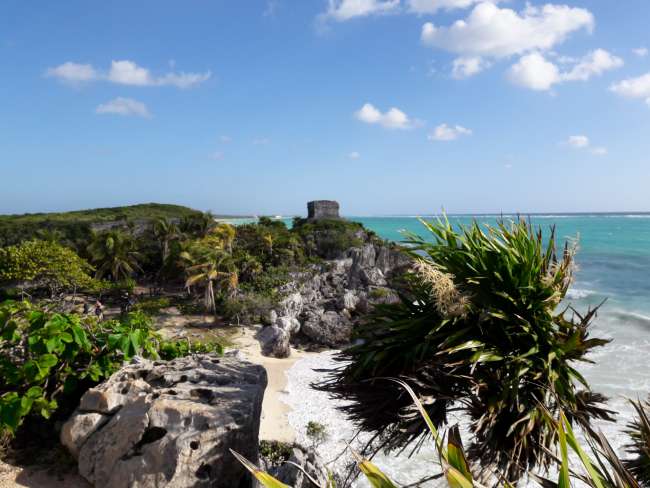
Warbixinaha safarka Mexico

